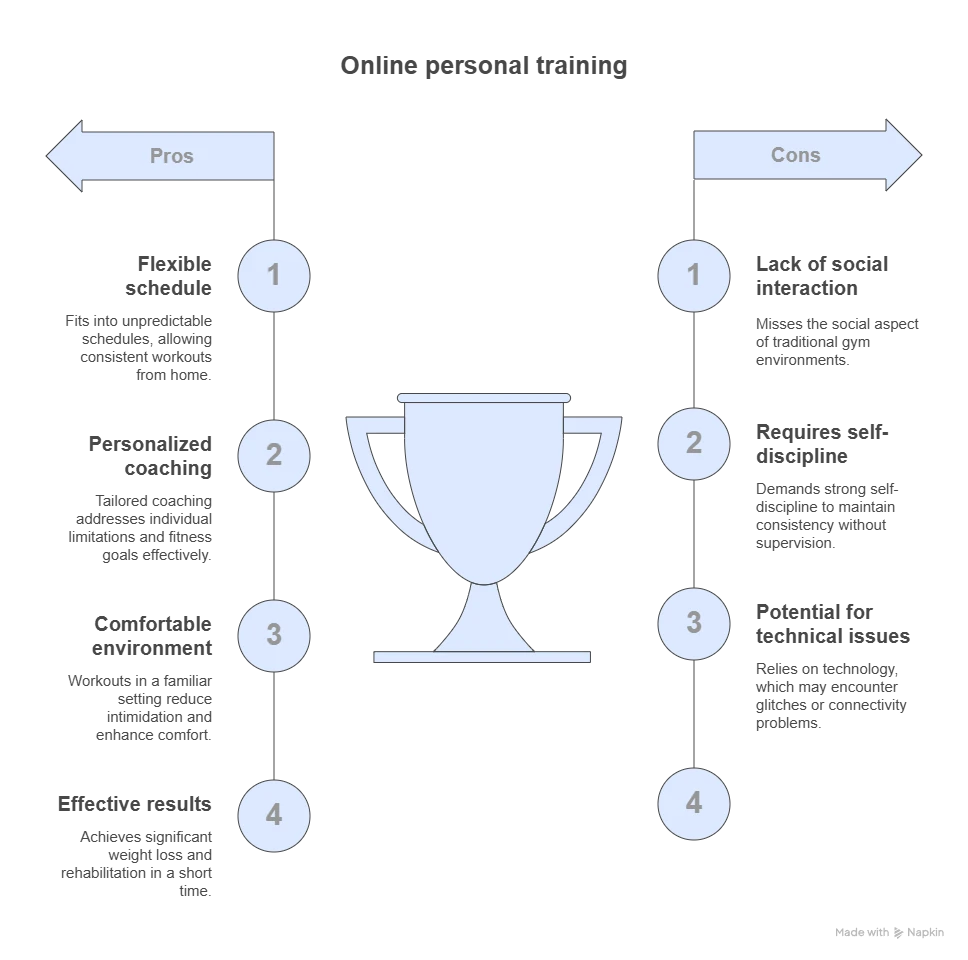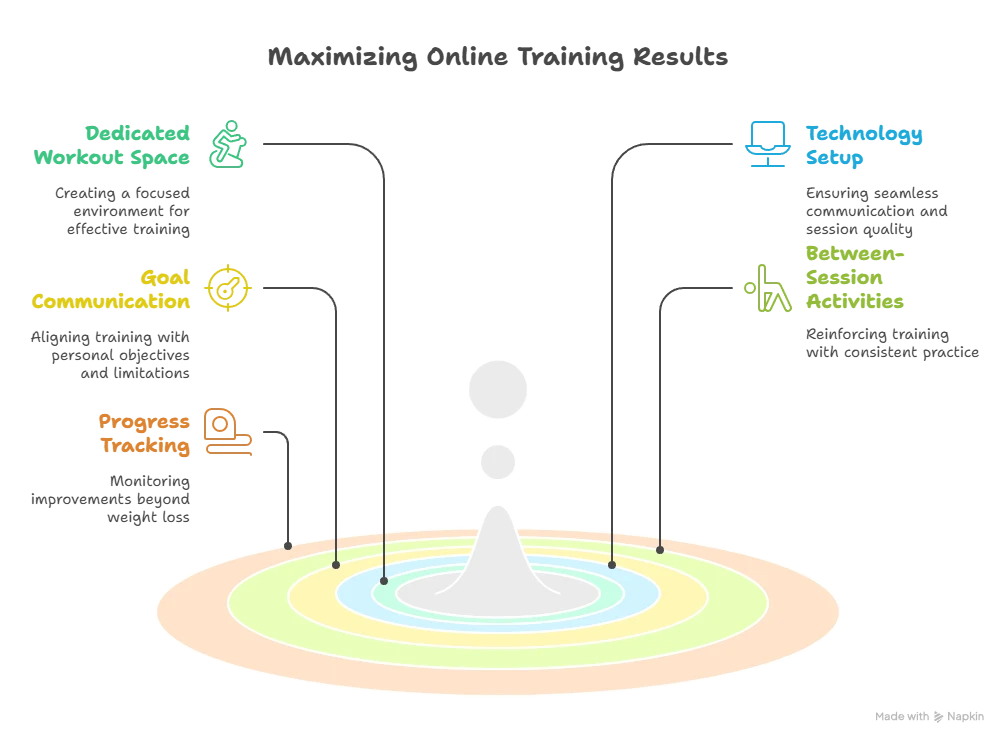Choosing a family car is one of the most important decisions for households that prioritize safety, reliability, and long-term value. Whether it’s for school drop-offs, weekend road trips, or everyday errands, a family vehicle must meet a variety of needs without compromising on comfort or performance. With so many options on the market, knowing what to look for can simplify your search and lead you to the right fit.
From safety technology and seating capacity to fuel efficiency and storage flexibility, understanding the key features of a family-friendly car helps ensure a smart and confident purchase. Here’s a comprehensive guide to what matters most when selecting your next family vehicle.

Prioritize Safety Features and Crash Ratings
Safety should always be the top priority when shopping for a family vehicle. Look for models with high safety ratings from organizations like the National Highway Traffic Safety Administration (NHTSA) and the Insurance Institute for Highway Safety (IIHS). A five-star rating or “Top Safety Pick+” designation indicates that a car performs exceptionally well in crash tests.
Equally important are active safety technologies that help prevent accidents before they happen. These include features such as automatic emergency braking, blind spot monitoring, rear cross-traffic alerts, lane-keeping assist, and adaptive cruise control. Many newer vehicles include these features as part of standard safety packages.
LATCH systems (Lower Anchors and Tethers for Children) are crucial for installing child safety seats securely. Ensure the car you’re considering has user-friendly anchor points in the back seat that accommodate different car seat configurations.
Consider Passenger Space and Versatility
If you have a growing family or frequently carpool, passenger space, and layout flexibility are critical. Many families are now opting for SUVs with third row seating to accommodate more passengers without moving up to a full-size van. These vehicles offer a balance between roominess and drivability, making them ideal for larger households.
When evaluating seating, check how many seats are available and how easily passengers, especially children, can access the third row. Fold-flat seating and sliding second-row seats improve accessibility and maximize cargo space when needed. Headroom and legroom are important, particularly if teenagers or adults will regularly occupy the back rows.
Evaluate Cargo Space and Storage Solutions
Family life comes with a lot of gear, strollers, sports equipment, groceries, luggage, and more. That’s why cargo capacity is a key consideration. A good family car should offer generous trunk or rear cargo space, ideally with a flat load floor and a wide opening for easy access.
Look for additional storage features like under-floor compartments, roof rails, seatback pockets, and door bins. Split-folding rear seats allow you to adjust cargo space depending on how many passengers you’re transporting.
Some vehicles offer power liftgates, hands-free trunk access, and customizable cargo organizers to make loading and unloading more convenient, especially helpful when your hands are full with kids or bags.
Assess Reliability and Ownership Costs
Reliability is another crucial factor in choosing a family car. You want a vehicle that can handle years of daily use with minimal issues. Check consumer reports and reliability ratings from trusted sources such as J.D. Power and Consumer Reports. These evaluations can give insight into how various makes and models perform over time.
Don’t forget to consider the total cost of ownership. Beyond the sticker price, evaluate fuel efficiency, maintenance costs, insurance rates, and projected resale value. Some cars may be slightly more expensive upfront, but save you money in the long run through better fuel economy or lower depreciation.
Many automakers now offer extended warranties and complimentary maintenance plans, which can add peace of mind and reduce unexpected expenses during the first few years of ownership.
Look for Entertainment and Connectivity Features
Keeping kids entertained and connected during long drives is a priority for many families. Built-in infotainment systems with touchscreen displays, USB ports, and smartphone integration (Apple CarPlay and Android Auto) are now standard in most modern vehicles. Rear-seat entertainment systems, Wi-Fi hotspots, and multiple charging points can make long road trips more enjoyable for everyone.
Don’t overlook the benefits of voice-activated controls and steering wheel-mounted buttons, which allow drivers to operate music, navigation, and communication tools without taking their eyes off the road.
Rearview cameras, parking sensors, and surround-view monitors fall under the tech category and provide both convenience and safety benefits in crowded parking lots or tight driveways.
Test Drive for Comfort and Handling
No matter how impressive a vehicle looks on paper, it’s important to take it for a test drive. This is your chance to assess the ride quality, visibility, ease of maneuvering, and comfort. Try to replicate your typical driving experience, merge onto a highway, navigate a residential neighborhood, and test braking in stop-and-go traffic.
Pay attention to seat support, interior noise levels, and driver ergonomics. Can you easily reach controls and see out of all windows? Are the seats adjustable enough to accommodate different drivers? Comfort is key, especially if you’ll be spending significant time behind the wheel.
Test how easily car seats can be installed, how strollers fit in the trunk, and how quickly seats fold down. These details often make or break the day-to-day convenience of a family car.

Choosing a safe and reliable family car is about more than just brand names or trends. It’s about finding a vehicle that supports your lifestyle, protects your loved ones, and provides peace of mind every time you hit the road.
Whether you need space for three or eight passengers, advanced safety features, or extra room for weekend gear, thoughtful planning will lead you to the right match. Your family deserves a car that works as hard as you do, and with the right preparation, you’ll find one that checks every box.




































 Keep your money – no state tax means higher reinvestment
Keep your money – no state tax means higher reinvestment Business-first city – fast LLC setup, flexible regulations
Business-first city – fast LLC setup, flexible regulations Global access – major airport with direct flights worldwide
Global access – major airport with direct flights worldwide Over 300 days of sunshine – mental clarity and year-round energy
Over 300 days of sunshine – mental clarity and year-round energy Built-in network – meet doers, thinkers, and money every day
Built-in network – meet doers, thinkers, and money every day Scale smart – invest less in living, more in growth
Scale smart – invest less in living, more in growth Performance lifestyle – fitness, food, and focus in harmony
Performance lifestyle – fitness, food, and focus in harmony Events daily – masterminds, meetups, and mentorship opportunities
Events daily – masterminds, meetups, and mentorship opportunities Top of the food chain – access to elite investors, mentors, and minds
Top of the food chain – access to elite investors, mentors, and minds Accelerated career paths – promotions, pivots, and partnerships happen fast
Accelerated career paths – promotions, pivots, and partnerships happen fast Endless infrastructure – from fiber internet to startup incubators
Endless infrastructure – from fiber internet to startup incubators Growth through proximity – get challenged daily by greatness
Growth through proximity – get challenged daily by greatness Premium coffee culture – caffeinate the mission
Premium coffee culture – caffeinate the mission No state income tax – same hustle, more return
No state income tax – same hustle, more return Brain-food balance – nature + innovation in sync
Brain-food balance – nature + innovation in sync
